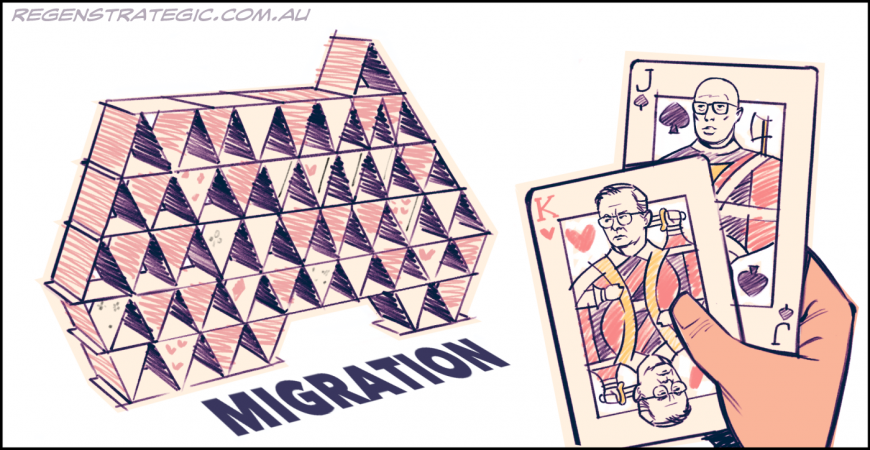While I understand the political appeal of pitching a cut to Australia’s immigration rate as putting downward pressure on housing prices, we should think very carefully about the consequences.
More than half the world’s population now lives in economies with below replacement fertility rates. This includes in Australia, where our fertility rate is about 1.6 babies per woman and well below the 2.1 required for population replacement, with a further decline to 1.3 projected by the end of this century.
This means, without a strong immigration program, Australia won’t have the population growth required to meet the skills needs of industry, including in housing construction, or replenish a workforce impacted by the retirement of the baby boomers. Reversing existing labour shortages in our schools, hospitals and aged care facilities would be next to impossible.
According to the Business Council of Australia, our national GDP increases by $124 million annually, for every additional 1,000 migrants. Research undertaken by the OECD in 2021 found that migration is also good for job creation, with a one percentage point rise in the annual migrant inflow leading to a 0.53 per cent increase in the employment of the Australian‑born population.
With competing proposals to cut Australia’s migration programs likely to be fiercely debated ahead of the upcoming federal election, let’s hope the broader consequences of the proposed cuts are considered too.
The fact that Australia is destination of choice for migrants is an economic advantage that can mitigate the economic and social impacts of an ageing Australian-born population, ahead of technology providing solutions. We shouldn’t squander it.
This article also appeared in The West Australian newspaper.
 ReGen Strategic
ReGen Strategic